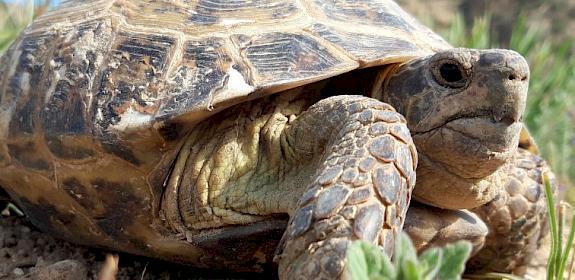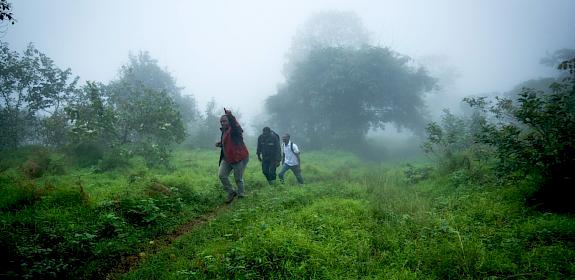Unique species in air passenger baggage exposes global reach of Thailand-India wild life smuggling
A bag full of reptiles at an Indian airport, a rare desert snake species from the mountains of Iran and Iraq, and a traveller who smuggled them from Thailand have demonstrated the massive scale and global reach of wildlife trafficking via air between India and Thailand.
At the end of May, Mumbai Customs officials at Chhatrapati Shivaji Maharaj International Airport intercepted a flier attempting to smuggle 52 reptiles into India. The Indian national who had arrived from Bangkok, Thailand with the reptile-filled bag, was arrested.

Among the reptiles in the passenger’s baggage were three Spider-tailed Vipers Pseudocerastes urarachnoides, a venomous snake known for its unique tail that mimics a spider to attract birds, its favourite prey.
This case marks the first publicly reported seizure for the species in Southeast Asia.
Described by science only in 2006, the Viper is found in a limited range in western Iran and eastern Iraq and is rarely seen, even in trade. The species was listed on CITES Appendix II in 2019.
The vipers are among 7,272 individual animals (live and dead) that have been seized from passenger baggage in smuggling attempts between the two countries over the past three and a half years – an average of 177 animals a month.
TRAFFIC’s rapid analysis of 60 seizure incidents involving live animals from January 2022 to May 2025 showed that the thousands of wildlife rescued from air passenger baggage represented at least 87 species, including 7 that are Critically Endangered.
The range and diversity of species involved is incredible, far beyond just India and Thailand – from naked mole rats native to the Horn of Africa, to the Endangered Fiji Banded Iguana found only on the islands of Fiji and Tonga.
Kanitha Krishnasamy, Director for TRAFFIC in Southeast Asia said:
The almost-weekly discoveries and diversity of wildlife en route to India is very troubling, raising so many questions about the sourcing and demand. The fact that they are trafficked alive via air shows that the clamour for exotic pets is driving the trade. But are the animals going straight to shops and consumers, or stocking and fuelling illicit captive breeding operations?”
Reptiles topped the list in terms of number and frequency accounting for 92.7% of all individual animals seized from passenger baggage and appearing in 45 seizure incidents. Just over a third of the thousands of wildlife seized are either totally prohibited from commercial trade across international borders or can only be traded under strict conditions.
TRAFFIC’s rapid analysis also found that in most cases, the wildlife-filled bags originated in Thailand and were headed for India, but most of the discoveries and confiscations – just over 80% – took place at India’s airports.
At least two airports in Thailand, both in Bangkok, and 12 airports across India were implicated in these incidents. In cases where details were available, figures showed that Thailand’s Suvarnabhumi International Airport and India’s Chennai International Airport were the most implicated in these seizures.
The scale and frequency of incidents calls for greater collaboration between the two countries, particularly on in-depth investigations into the criminal networks supplying this seemingly endless conveyor belt of wildlife-stuffed bags,” said Krishnasamy.
There’s also an urgent need for Thailand to team up with other Southeast Asia countries involved in similar trafficking with India. It is the only way to shut down this airport underworld and stop the networks that have been nimbly moving their illicit cargo through the region’s airports.”





